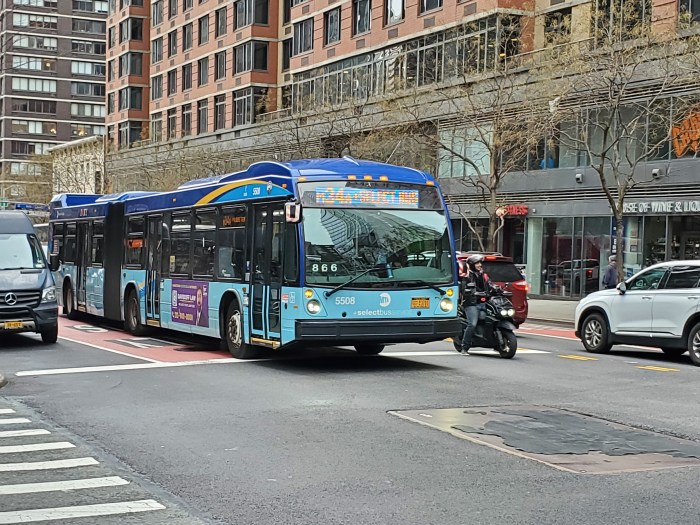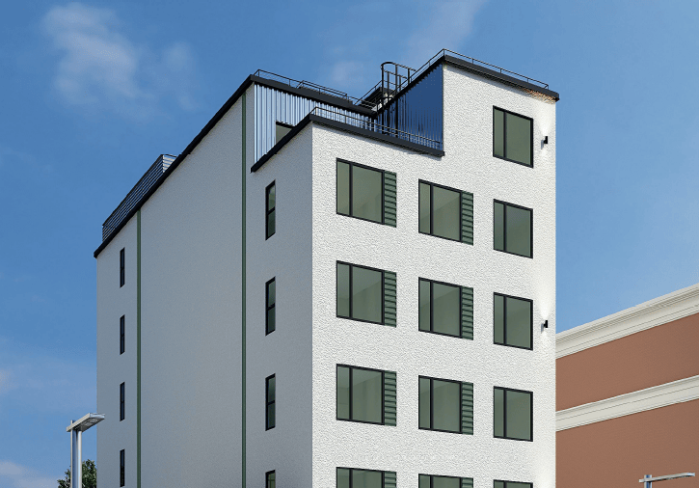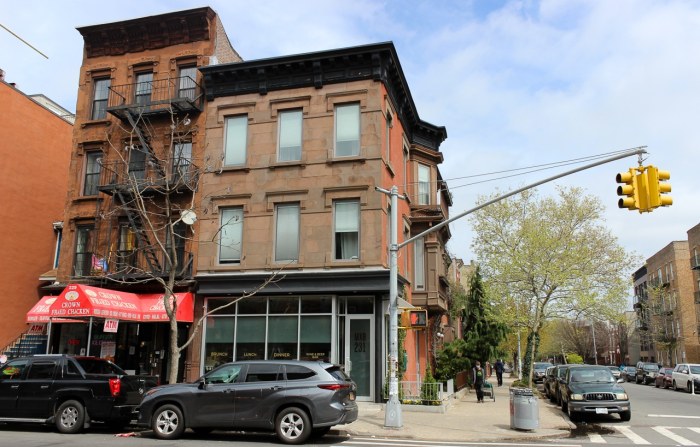
NYC Transit President Andy Byford accepts losing subway riders to disruptive weekend work, confident they’ll return as service improves.
The city’s beleaguered subway system experienced a continuous slide in ridership in 2018, a 5 percent drop since 2015 — from 1.75 billion rides to 1.68 billion last year. The biggest decline was observed during weekends, when there was a 4.3 percent drop in ridership over just last year alone as commuters perhaps looked to avoid a mess of service interruptions, reductions and train transfers needed to navigate planned maintenance.
Byford said losing weekend trips is a “price worth paying” to improve the service for the long term under the authority’s short-term stabilization project, the Subway Action Plan.
“I think a major factor has been because we’re biting the bullet under the Subway Action Plan, precisely because we’re doing all this work in order to give New Yorkers a system that they want,” Byford said during a news conference Sunday in Fulton Center. “That does have to a certain extent … a downward influence on ridership because if you feel that you know you’ve got a discretionary trip, and you see the subways diverted or you’re going to have to change, you may not choose to do that. To me, that is a price worth paying.”
MTA President Pat Foye and Managing Director Ronnie Hakim joined Byford on Sunday to tout what they felt they were getting for that price: A slowly improving subway system. The on-time performance stat that measures how many trains reach their termini within five minutes of their scheduled arrival reached 76.7 percent in January, the highest rate in more than four years. That’s still poor, however, compared with other metro systems. Washington, D.C.’s subway system, for example, has an on-time performance of about 85 percent.
“We know there’s a lot more work to do,” said Foye. “Seventy-seven percent is better than where the number’s been, but it’s not where we want it to be and it’s not where New Yorkers deserve.”
Still, the MTA feels it’s begun to sustain a positive trend, even if frustrated riders disagree. The authority touted that January was the fifth straight month that the Department of Subways met its target of reducing at least 10,000 delays per month.
The MTA has also blamed ridership declines on the rise of e-hail services such as Uber and Lyft, with Byford noting that “ridership is down, generally, across major North American transit” systems. Bus ridership is in a significant decline as well.
“So it’s not a phenomenon unique to New York,” he said.
MTA leadership used the latest upticks to try to make the case for Albany to pass Gov. Andrew Cuomo’s congestion pricing proposal, a policy that would net the authority about $1 billion in new funding for its next five-year capital plan, spanning 2020 through 2024.
The authority currently has no money in its capital plan, estimated to cost up to $60 billion. If funded, it would in part deliver the first half of Byford’s Fast Forward plan to modernize transit service with new subway signals and improved station accessibility.
It’s not entirely clear what has led to the positive subway service trends, though the MTA pointed on Sunday to the $836 million Subway Action Plan as proof it could be a responsible steward of new revenue. Unveiled in July of 2017, the action plan has hinged on tackling core service issues like track and signal maintenance, car reliability, subway safety and cleanliness, and customer communication.
But improvements over the last several months appear to more closely align with operational improvements Byford carried out — “the basics,” as he calls them — which have included the reductions in certain speed restrictions that were unnecessarily slowing train service; better managing the time trains spend in stations and creating more realistic schedules.
Byford said the improved service can be attributed to a bit of both.
“I think you needed both. You needed to have the infrastructure improvement that the SAP has both funded and delivered — if you have blocked drains, if you have chronically unreliable signals; if you have train stops that keep failing, you cannot possibly run a reliable service because trains keep grinding to a halt,” he said. “But, in parallel, you also need to have the operational disciplines and the focus on operational best practice.”

















